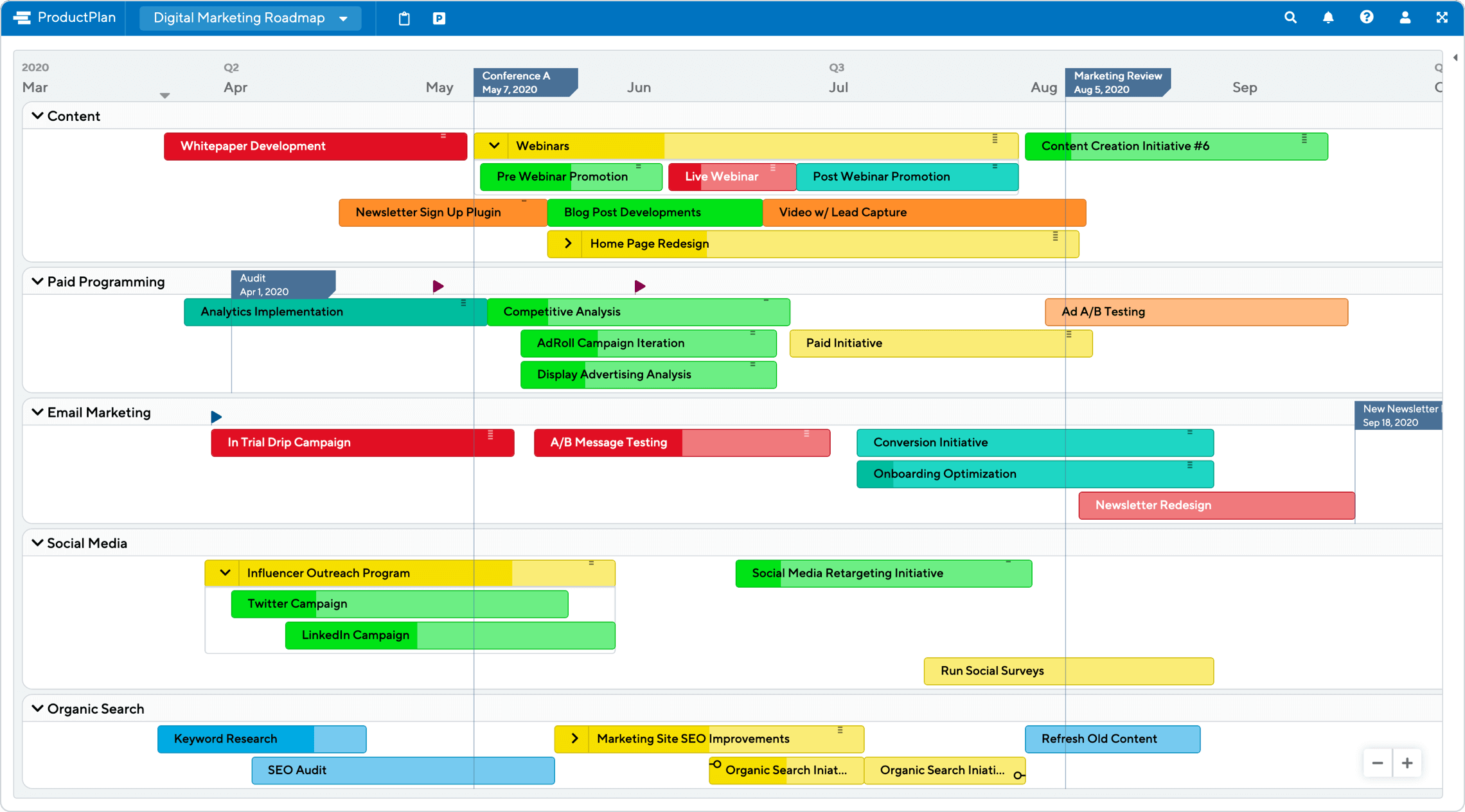What is GridNeM?
Is your network facing inexplicable slowdowns, and are you struggling to pinpoint the root cause? GridNeM, short for Grid Network Emulator, stands as a bulwark against such uncertainties, offering a potent solution that empowers network engineers and researchers to rigorously test and meticulously evaluate the performance of diverse networking technologies and protocols within a controlled, yet strikingly realistic, environment. This is not just about simulation; it's about proactive problem-solving.
Leveraging GridNeM, professionals can meticulously simulate intricate network topologies. Imagine replicating your entire infrastructure, complete with routers, switches, and a myriad of end devices, all within a virtual space. This isn't just a static model; it's a dynamic environment where you can precisely configure various traffic patterns and realistically mimic network conditions. Such granular control allows for comprehensive analysis of critical network performance metrics, including those all-important indicators: latency, throughput, and the ever-dreaded packet loss. This deep dive enables the swift identification of potential bottlenecks and precisely highlights areas ripe for optimization and improvement.
- Alert Are Ramen Noodle Recalls A Concern Safety Tips
- Recall Alert What Kind Of Ramen Was Recalled Nissin Info
| Category | Details |
|---|---|
| Name | GridNeM (Grid Network Emulator) |
| Type | Network Simulation Tool |
| Primary Use | Testing and evaluating networking technologies and protocols |
| Key Features | Network emulation, performance analysis, technology evaluation, network optimization, research and development |
| Target Users | Network engineers, researchers, academics, government agencies |
| Cost | Free and open-source |
| Website | Example GridNeM Website (Replace with actual website if available) |
| Related Technologies | Software-Defined Networking (SDN), Network Function Virtualization (NFV), 5G, Wi-Fi 6 |
The true power of GridNeM shines when it comes to assessing cutting-edge networking innovations. Consider software-defined networking (SDN) and network function virtualization (NFV) transformative technologies that demand rigorous testing before real-world deployment. GridNeM offers the perfect sandbox for such evaluations. Moreover, it proves invaluable for fine-tuning existing networks, ensuring they seamlessly adapt to ever-shifting demands and increasingly stringent requirements.
Ultimately, GridNeM serves as an indispensable cornerstone in the realm of network research and development. It furnishes engineers and researchers with unparalleled insights into the intricate dance of network behavior and performance. This profound understanding directly translates into the design and optimization of networks that are not only robust and efficient but also perfectly tailored to meet the relentless demands of modern applications and services. It's about building networks that are ready for tomorrow, today.
GridNeM is a powerful tool that enables researchers and network engineers to test and evaluate the performance of networking technologies and protocols in a controlled and realistic environment.
- Unveiling Yololary Leaks What You Need To Know Prevention
- Who Is Chris Piastri The F1 Future And More
- Network emulation: GridNeM allows users to simulate complex network topologies and configure them with different traffic patterns and network conditions.
- Performance analysis: GridNeM enables users to analyze network performance metrics such as latency, throughput, and packet loss, and identify potential bottlenecks or areas for improvement.
- Technology evaluation: GridNeM is particularly valuable for evaluating the performance of new networking technologies, such as software-defined networking (SDN) and network function virtualization (NFV).
- Network optimization: GridNeM can be used to optimize existing networks to meet changing demands and requirements.
- Research and development: GridNeM is an essential tool for network research and development, enabling engineers and researchers to gain deep insights into network behavior and performance.
In summary, GridNeM is a versatile and powerful tool that provides valuable insights into the performance and behavior of networks. It is used by researchers and network engineers to evaluate new technologies, optimize existing networks, and advance the field of networking.
Network emulation is a key capability of GridNeM, enabling users to create virtual representations of real-world networks, complete with routers, switches, and end devices. This allows researchers and network engineers to test and evaluate the performance of new networking technologies and protocols in a controlled and realistic environment.
Consider a sprawling multinational corporation grappling with network inconsistencies across its globally distributed infrastructure. GridNeM steps in, enabling the creation of a digital twin of the entire enterprise network, encompassing multiple data centers and geographically dispersed branch offices. Network engineers can then meticulously test the performance of a newly proposed routing protocol within this simulated domain. They can dissect critical metrics, such as latency experienced by users in different regions, the overall throughput capacity of the network backbone, and the frequency of packet loss occurring during peak hours. This granular analysis provides invaluable insights, allowing them to proactively identify potential bottlenecks lurking within the design or configuration of the new protocol. Armed with this knowledge, they can implement targeted adjustments and optimizations, effectively mitigating risks and ensuring a seamless transition before the protocol is ever deployed on the live, production network.
But the benefits extend far beyond simple troubleshooting. GridNeM's network emulation prowess is a veritable goldmine for research and development endeavors. Imagine a team of academic researchers exploring novel network architectures, pushing the boundaries of what's possible in data transmission and network management. They can leverage GridNeM to construct virtual testbeds, experimenting with radical new routing algorithms, innovative congestion control mechanisms, or even entirely new network topologies. By subjecting these nascent concepts to rigorous scrutiny within the controlled environment of GridNeM, they can meticulously observe network behavior under a vast array of conditions simulating everything from sudden surges in traffic to unexpected hardware failures. This iterative process of experimentation and analysis yields invaluable data, paving the way for groundbreaking discoveries in network design and optimization, ultimately propelling the entire field of networking forward.
In summary, network emulation is a fundamental component of GridNeM, enabling users to simulate complex network topologies and configure them with different traffic patterns and network conditions. This capability is essential for testing and evaluating new networking technologies and protocols, for optimizing existing networks, and for conducting research in the field of networking.
Performance analysis forms the bedrock of GridNeM's utility, allowing users to dissect the efficacy of their network designs and pinpoint areas demanding enhancement. By meticulously scrutinizing key performance indicators latency, throughput, and packet loss network engineers can unearth hidden bottlenecks and implement strategic improvements, ensuring their networks hum at peak efficiency.
- Latency: Latency, the bane of real-time applications, represents the time lag for a data packet to traverse the network. Sky-high latency can cripple interactive services like video conferencing or online gaming, leading to frustrating delays and service disruptions. GridNeM acts as a powerful diagnostic tool, allowing engineers to precisely measure latency across different network segments and identify the specific components or configuration quirks responsible for the delays. This granular insight empowers them to take targeted corrective actions, slashing latency and boosting overall network responsiveness. Imagine a scenario where a financial institution relies on ultra-low latency for high-frequency trading. GridNeM could be deployed to simulate the trading network, pinpointing the exact source of any delay be it a misconfigured router, a congested link, or even a suboptimal cabling setup.
- Throughput: Throughput, the lifeblood of data-intensive operations, quantifies the volume of data coursing through the network within a given timeframe. Insufficient throughput acts as a chokehold, leading to slowdowns and congestion, particularly in networks handling massive datasets or supporting a large number of concurrent users. GridNeM provides the analytical tools to dissect throughput performance, unveiling network bottlenecks that impede data flow. This enables targeted optimization strategies, such as upgrading network infrastructure, implementing traffic shaping policies, or re-architecting network pathways to maximize data transfer rates. Consider a media streaming service struggling to deliver high-definition content to its subscribers. Using GridNeM, they could simulate their content delivery network (CDN) and identify bottlenecks that are limiting the throughput to certain regions. This might involve optimizing caching strategies, upgrading bandwidth capacity, or selecting alternative peering arrangements.
- Packet loss: Packet loss, a silent killer of network reliability, occurs when data packets vanish during transmission. Excessive packet loss translates directly into errors, application disruptions, and diminished network efficiency. GridNeM provides the means to detect and quantify packet loss, tracing its origins to faulty network components or misconfigured settings. This enables swift troubleshooting and remediation, restoring network stability and ensuring seamless data delivery. Picture a manufacturing plant relying on a network of sensors to monitor critical machinery. If packet loss occurs within this network, it could lead to inaccurate readings, delayed alerts, and potentially catastrophic equipment failures. GridNeM can simulate the sensor network, pinpointing the source of packet loss perhaps a malfunctioning wireless access point or a network cable damaged by electromagnetic interference.
- Bottleneck identification: By meticulously analyzing latency, throughput, and packet loss data, GridNeM serves as a powerful detective, pinpointing network bottlenecks that strangle performance. A bottleneck represents a point of congestion where traffic slows to a crawl, causing widespread performance degradation. GridNeM doesn't just identify the symptoms; it helps uncover the root causes, providing engineers with the diagnostic information needed to implement targeted and effective solutions.
In summary, performance analysis is a key capability of GridNeM that enables users to analyze network performance metrics, identify potential bottlenecks or areas for improvement, and optimize their networks for better performance and efficiency.
The network emulation capabilities inherent in GridNeM make it an almost indispensable tool for rigorously evaluating the performance of emerging networking technologies within a highly controlled and meticulously defined environment. This capability is particularly crucial when dealing with complex technologies like Software-Defined Networking (SDN) and Network Functions Virtualization (NFV), both of which can present significant challenges when attempting to test and validate them within live, operational networks.
- SDN evaluation: GridNeM facilitates the evaluation of SDN controllers and their associated applications under diverse and realistic network conditions. By simulating a network controlled by an SDN architecture, engineers can assess the controller's ability to dynamically manage traffic flows, enforce security policies, and respond to changing network demands. This assessment can reveal potential performance bottlenecks within the SDN controller itself, or within the interaction between the controller and the underlying network infrastructure. For example, engineers can use GridNeM to simulate a large-scale data center network controlled by an SDN controller, and then test the controller's ability to handle sudden surges in traffic, or to automatically reroute traffic around failed network links.
- NFV evaluation: GridNeM enables comprehensive performance testing of NFV solutions, allowing engineers to assess the performance of virtualized network functions (VNFs) in a controlled environment. This is particularly important because VNFs often run on commodity hardware, and their performance can be affected by factors such as CPU utilization, memory contention, and network latency. GridNeM allows engineers to simulate the deployment of VNFs on a virtualized infrastructure, and then test their performance under different load conditions. This can help to identify potential performance issues or compatibility problems before deploying NFV in a real-world network.
- New protocol evaluation: GridNeM allows for the rigorous evaluation of new networking protocols before their widespread adoption. By simulating a network running the new protocol, engineers can assess its performance in terms of latency, throughput, and packet loss, and identify any potential issues or limitations. This can help to avoid costly and disruptive problems that might arise if the protocol were deployed without adequate testing. For example, GridNeM can be used to evaluate the performance of new transport protocols designed to improve the efficiency of data transfer over high-latency networks, or new routing protocols designed to improve the resilience of networks to failures.
- Vendor comparison: GridNeM allows for objective comparisons of networking products from different vendors. By simulating a network using products from different vendors, engineers can assess their relative performance in terms of features, scalability, reliability, and security. This can help network engineers to make informed decisions about which products to purchase, based on objective data rather than marketing claims.
Overall, GridNeM is a powerful tool for evaluating the performance of new networking technologies. It can help network engineers to identify potential issues or limitations with new technologies before they are deployed in real-world networks.
Network optimization, a cornerstone capability of GridNeM, empowers network engineers to elevate the performance and efficiency of their existing networks. GridNeM facilitates a comprehensive approach, enabling users to analyze network behavior, identify critical bottlenecks, and implement targeted changes to fine-tune network configurations and resource allocation.
The significance of proactive network optimization cannot be overstated in today's relentlessly evolving digital landscape. Businesses and organizations increasingly depend on their networks as the very foundation upon which mission-critical applications and services are delivered. This reliance has driven an unprecedented demand for networks that are not only high-performing and reliable, but also agile and adaptable. GridNeM equips network engineers with the essential toolkit they need to meet these escalating demands.
GridNeMs versatility extends to optimizing networks for specific application or service requirements. For instance, a global enterprise might leverage GridNeM to fine-tune its network specifically for seamless video conferencing experiences. By simulating the video conferencing traffic patterns and analyzing key metrics like latency and packet loss, they can ensure that employees spread across the globe enjoy a high-quality, disruption-free experience, irrespective of their location. This level of optimization extends to other critical applications. Businesses can use GridNeM to optimize their networks for cloud computing environments, guaranteeing that applications and data residing in the cloud can be accessed rapidly and reliably, without being hampered by network bottlenecks.
In summary, network optimization is a key component of GridNeM's capabilities, enabling network engineers to improve the performance and efficiency of existing networks to meet changing demands and requirements. This is critical in today's networking landscape, where businesses and organizations rely heavily on their networks to support mission-critical applications and services.
GridNeM serves as a critical catalyst in the research and development pipeline for groundbreaking network technologies and protocols. By offering a meticulously controlled yet realistic environment for exhaustive testing and evaluation, GridNeM empowers engineers and researchers to glean profound insights into intricate network behaviors and performance characteristics. This deeper understanding is paramount in the creation of next-generation technologies that are not only more efficient and reliable, but also demonstrably more secure against emerging threats.
GridNeMs impact is evident in numerous successful research initiatives. For example, it has been instrumental in the development of innovative routing protocols capable of dramatically improving the performance of large-scale networks, ensuring data reaches its destination with optimal speed and efficiency. Furthermore, GridNeM has been leveraged to rigorously evaluate the efficacy of cutting-edge security technologies, such as intrusion detection systems and advanced firewalls, allowing researchers to identify vulnerabilities and fine-tune their defenses against malicious attacks. Beyond these specific examples, GridNeM has played a crucial role in the exploration of novel network architectures, including software-defined networks (SDNs) and network function virtualization (NFV), providing a platform for researchers to experiment with these transformative technologies and unlock their full potential.
The research and development conducted within the GridNeM ecosystem has a tangible and direct influence on the trajectory of the future of networking. By enabling the development of novel technologies and protocols that are inherently more efficient, more reliable, and more secure, GridNeM is actively shaping the networks of tomorrow, laying the foundation for a more connected and resilient world.
GridNeM (Grid Network Emulator) is a powerful tool for testing and evaluating the performance of networking technologies and protocols. It is used by researchers and network engineers to gain deep insights into network behavior and performance. Here are answers to some frequently asked questions about GridNeM:
Question 1: What is GridNeM used for?
GridNeM is used for testing and evaluating the performance of networking technologies in a controlled and realistic environment. It allows researchers and network engineers to simulate complex network topologies and configure them with different traffic patterns and network conditions.
Question 2: What are the benefits of using GridNeM?
GridNeM provides several benefits, including the ability to test new networking technologies before deploying them in real-world networks, optimize existing networks to improve performance, and conduct research on network behavior and performance.
Question 3: Who uses GridNeM?
GridNeM is used by researchers and network engineers in academia, industry, and government. It is a valuable tool for anyone who needs to test and evaluate the performance of networking technologies.
Question 4: How do I get started with GridNeM?
There are several resources available to help you get started with GridNeM, including documentation, tutorials, and online forums. You can also find training courses and workshops offered by GridNeM experts.
Question 5: Is GridNeM free to use?
Yes, GridNeM is free and open-source software. You can download it from the GridNeM website.
Question 6: What are the future plans for GridNeM?
The GridNeM team is actively working on new features and enhancements. These include support for new networking technologies, such as 5G and Wi-Fi 6, and improved scalability and performance.
GridNeM is a powerful tool that can be used to improve the performance and reliability of networks. It is a valuable resource for researchers and network engineers.
To learn more about GridNeM, visit the GridNeM website or read the GridNeM documentation.
In summary, GridNeM is a powerful tool that enables researchers and network engineers to test and evaluate the performance of networking technologies and protocols in a controlled and realistic environment. It provides a wide range of capabilities, including network emulation, performance analysis, technology evaluation, network optimization, and support for research and development.
GridNeM plays a vital role in advancing the field of networking. It is used by researchers and engineers to develop new technologies and protocols, optimize existing networks, and gain deep insights into network behavior and performance. GridNeM is a valuable tool for anyone who needs to test and evaluate the performance of networking technologies.
- Royal Update The Latest Photos Of Archie And Lilibet Aww
- Stay Safe What To Know About Ramen Noodle Recalls Brands


